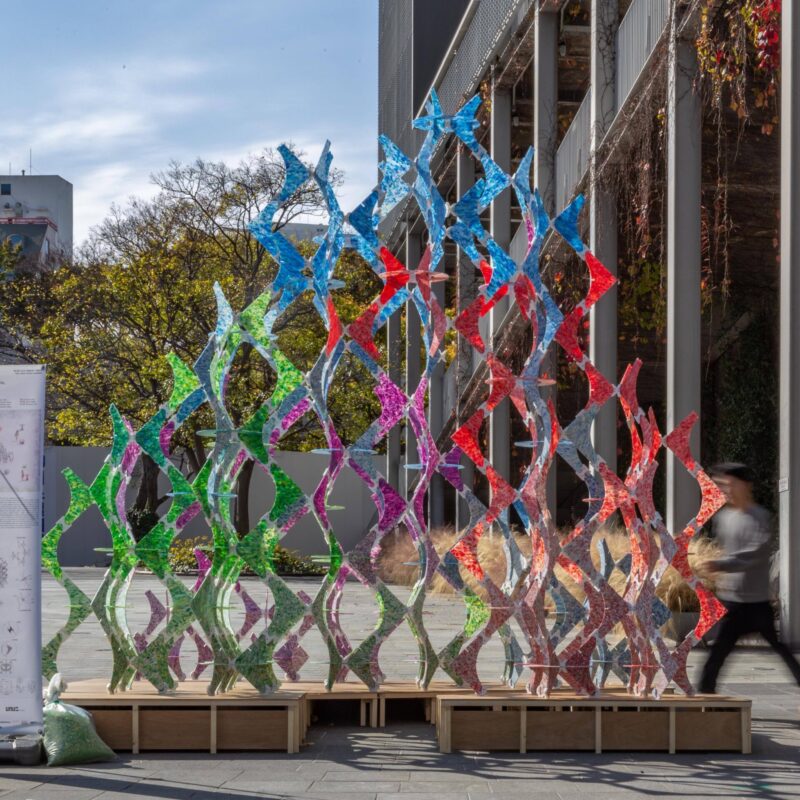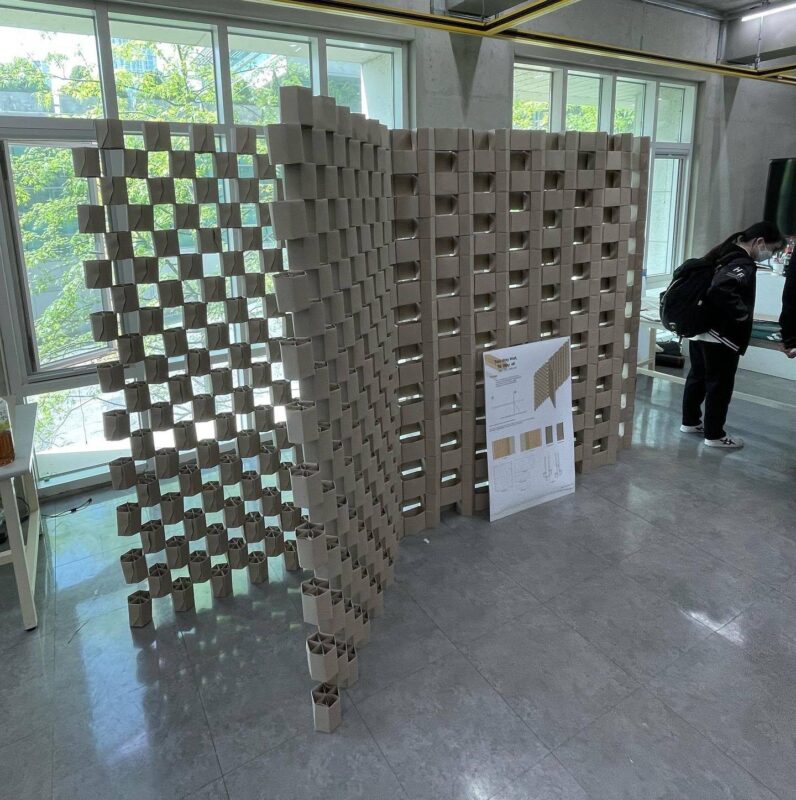
Publishing Blogfolio
2024, Personal Work
etc
>Programming
After a long time of wanting—and needing—to create it, I finally built my portfolio website. It contains all of my works since the age of twenty. At the top, each project is presented in its completed form, while the “Behind” section reveals the processes, challenges, and thoughts that shaped it along the way. I hope you enjoy exploring it. The site is powered by WordPress installed on a Raspberry Pi as the CMS, with the front end built in Next.js. Using the WordPress GraphQL plugin, it fetches images and portfolio data seamlessly. The website’s logo was 3D modeled and fabricated into the physical case of the server itself.
Tap the image to open it in full view.




Behind

Since my second year in university, the idea of a portfolio website has been sitting in the back of my mind. It was just a vague plan until I worked on the Hanyang Architecture graduation exhibition website and an online textbook project—after that, I gained enough skills to finally make it concrete.

A rough web design. Since I was working alone, I didn’t draw out every detail—just enough to think through the overall structure.

A 3D model based on the logo. I adjusted the height to reflect the shadows in the logo and modeled it so it could be printed.

The Bambu Lab AMS I bought together with a senior from architecture. It allows up to four colors to be used on the printer.
It opened up the chance to try more fun and creative prints.

The logo includes five colors, so I printed the red part separately and assembled it.

The color expression was insane…

I carefully fit in the separately printed parts.
For tolerances, 0.1 mm works well for tight assembly, while 0.2 mm is better for parts that need to be taken on and off. (A real pro tip..)
Oh, and one more thing—an empty filament spool weighs around 160–180g (based on eSUN).

That board on the right is a Raspberry Pi 4, which serves as the server. It runs WordPress and handles all GraphQL requests whenever someone visits the site. I also use it myself when uploading or editing content. Thanks to this, I can update my portfolio site from anywhere with internet access.
Early on, I really struggled with HTTPS setup, port forwarding, domain linking, and CORS issues. Always confusing stuff…

Here’s how the back looks.

I liked the idea that the logo itself acts as the server. If I cut the power to the logo, or if there’s a blackout at home, this very website goes down too…

I placed it neatly on the wall. Seeing years of work embodied in it made me proud.
Like a little alter ego of mine…

Frontend development in progress. The notebook in front of me has notes of issues I needed to solve along the way.

I even made the loading animation using Lottie. I created it in After Effects and exported it as Lottie JSON for use.

I’ve been working in a private GitHub repository. Still so many details left to tackle…
It feels a lot like making presentation panels in architecture—frontend development comes alive with more detail the more I refine it.

Posts can be written like this.
The biggest focus this time was “maintainability”—and it turned out successfully.

This is the notebook I started when I began this project. It’s filled with more specific plans and the technical issues I encountered during development.
Problems I faced included: WordPress ACF setup, GraphQL in Korean, HTTPS encryption, CORS issues, segment select boxes, theme context provider, IntersectionObserver → behind text async timing errors, Gutenberg CSS, image optimization, loading animations, recoloring SVGs in CSS, opengraph image edge function memory limits, USDZ file CORS, SSH & WiFi router settings, and migrating from /app to /pages structure…
If I ever do this again, I hope I’ll be able to solve them in one go.

Plans for logo-based housing… honestly sketched out so roughly that only I could make sense of it.

The current site structure you’re looking at now… ^^ Pretty much identical, right?

When I have a lot to do, I like to write tasks out one by one like this. That way, even the small “I’ll do it later” things don’t get forgotten.

Hidden details.
I even made the OG image neat and tidy.

Development was one thing, but tracking down all my past work and writing about it took much longer. Sorting through dozens of projects was no small task.
I’m thankful to myself for having documented everything along the way—I never thought it would come this handy.
This portfolio website is also a kind of training for me. Writing, organizing, documenting… In the future, I’ll be working on bigger and more complex projects, and this feels like preparation for that.

On March 6, 2024, I revealed it on my Instagram story. Lots of friends cheered me on—thank you~
View Other Works
All
Architecture
etc
Furniture
Objet


















